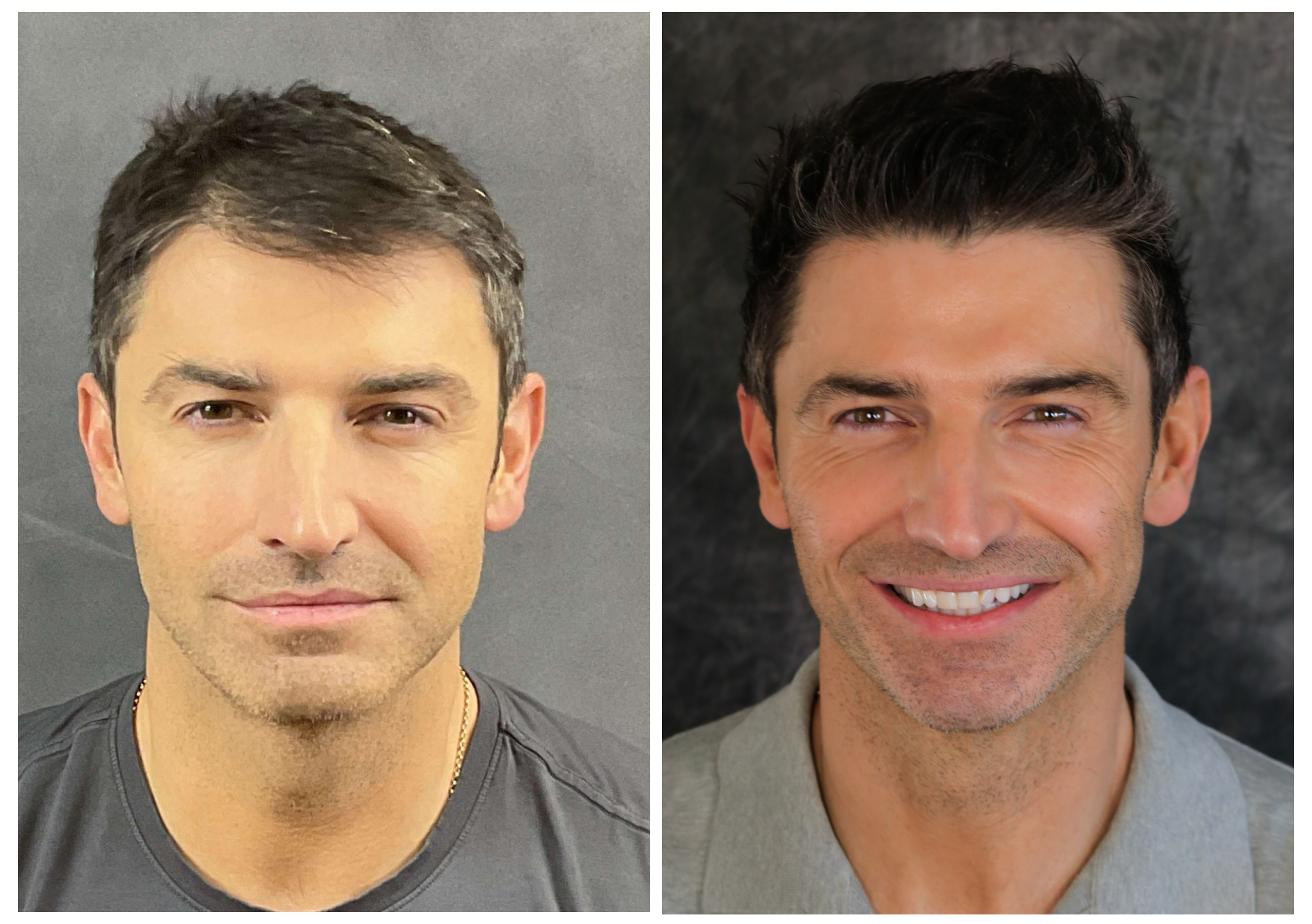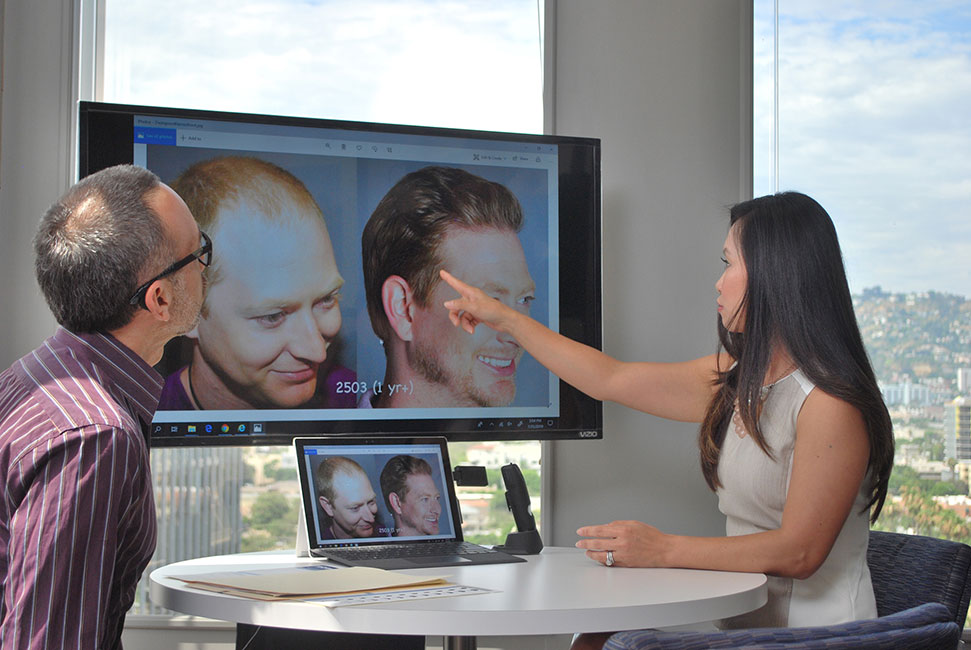What causes hair loss, and what can you do about it?
Most men are bothered by losing their hair. Hair loss is an understandably frustrating and stressful experience. While some hair shedding comes with age, significant hair loss may be caused by a genetic condition.
If you want to know what is causing your hair loss and what treatment options are best for you, consider speaking with a trained Bosley specialist to learn all the proven hair restoration solutions available to you.
The most common cause of hair loss in men
Have you noticed your hairline receding, especially in the area above the temples? If so, you may be experiencing the early effects of Male Pattern Baldness.
Male Pattern Baldness (or androgenetic alopecia) is the primary reason for hair thinning in 95% of hair loss cases among men. When left unattended, this condition can lead to the hairline receding to the point that the only remaining hair is on the sides and back of the head.
However, hair loss from Male Pattern Baldness can be restored. Bosley offers a host of products that can help slow the impact of Male Pattern Baldness. If your Male Pattern Baldness has progressed significantly, our hair transplant procedures can recreate a natural look.
Evaluating Hair Loss: The Norwood Scale
Because Male Pattern Baldness follows a predictable progression, Dr. O’Tar Norwood developed a scale (based on the one created by Dr. James Hamilton) that helps men identify the level of their hair loss.
You can use the Norwood scale to identify your hair loss classification.
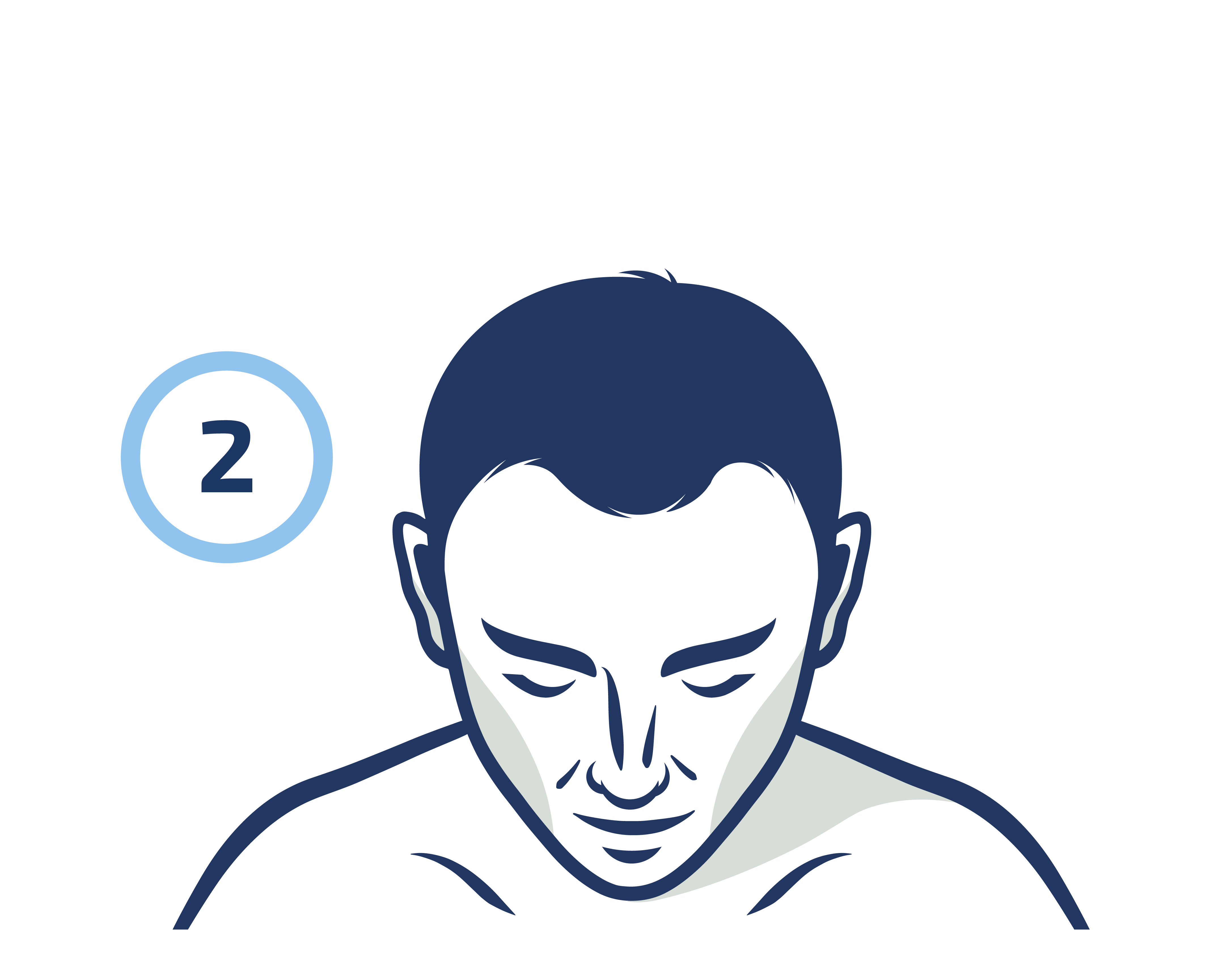
The hairline begins to recede.
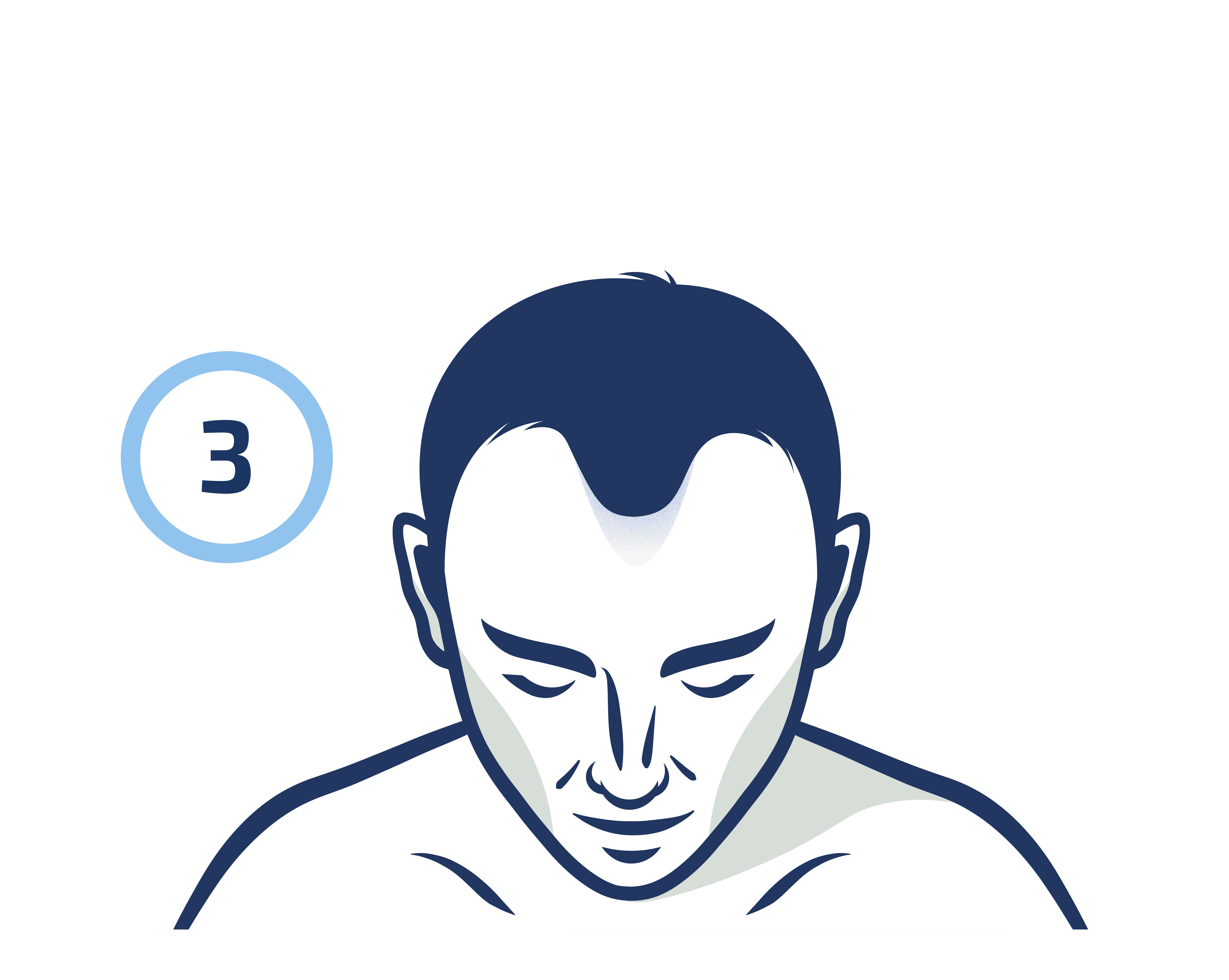
The hairline begins to recede with some recession in the temple region.
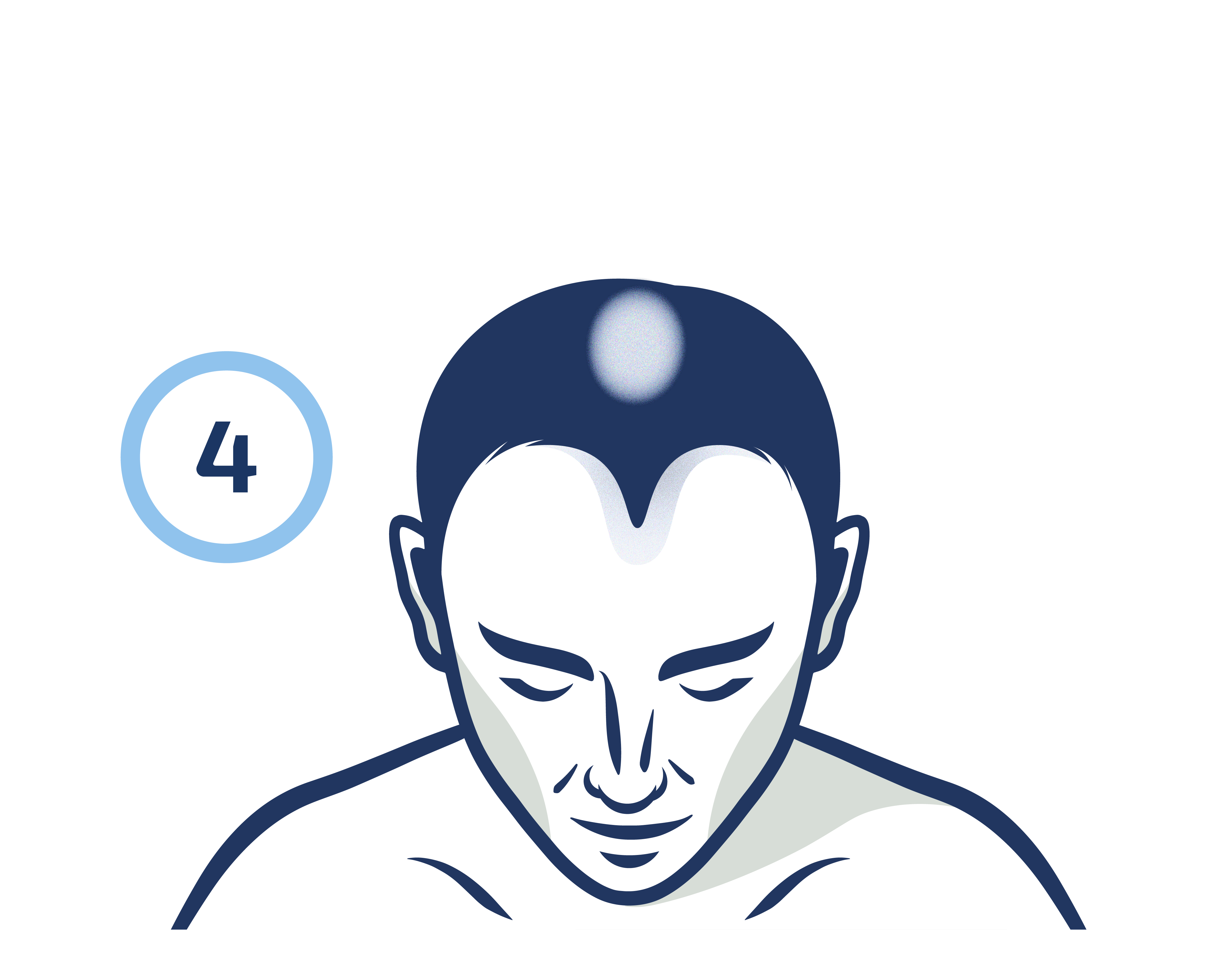
There is a significant decline in the amount of hair above the temples and forehead. At its peak, class 3 includes significant hair loss on the crown.
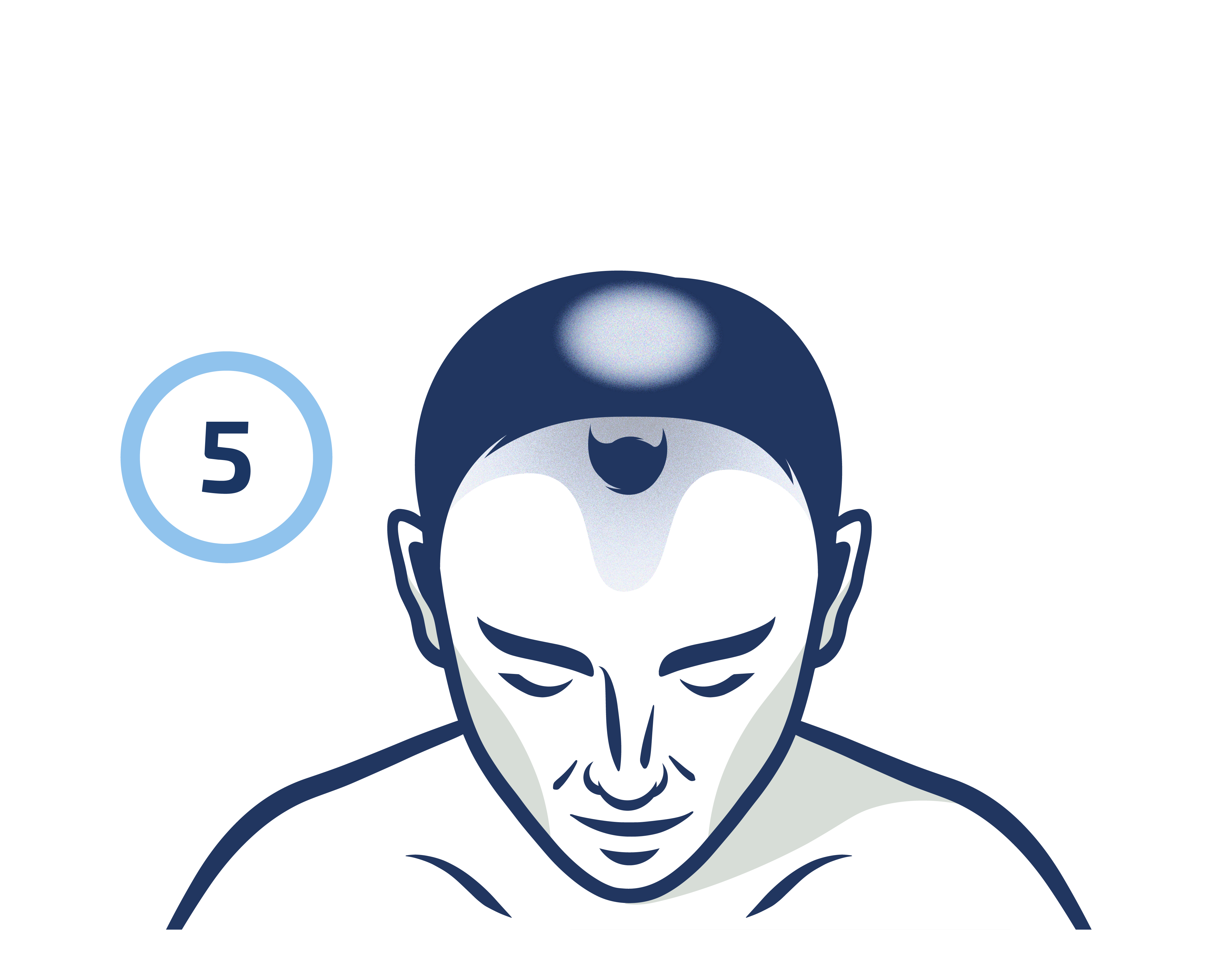
The hair loss has become more noticeable on the crown, or patients may have significant hair loss above the temples and/or forehead.

The hair loss now affects the front and back of the scalp. Only a small area of the front hairline remains, and a large balding area exists on the top of the scalp.
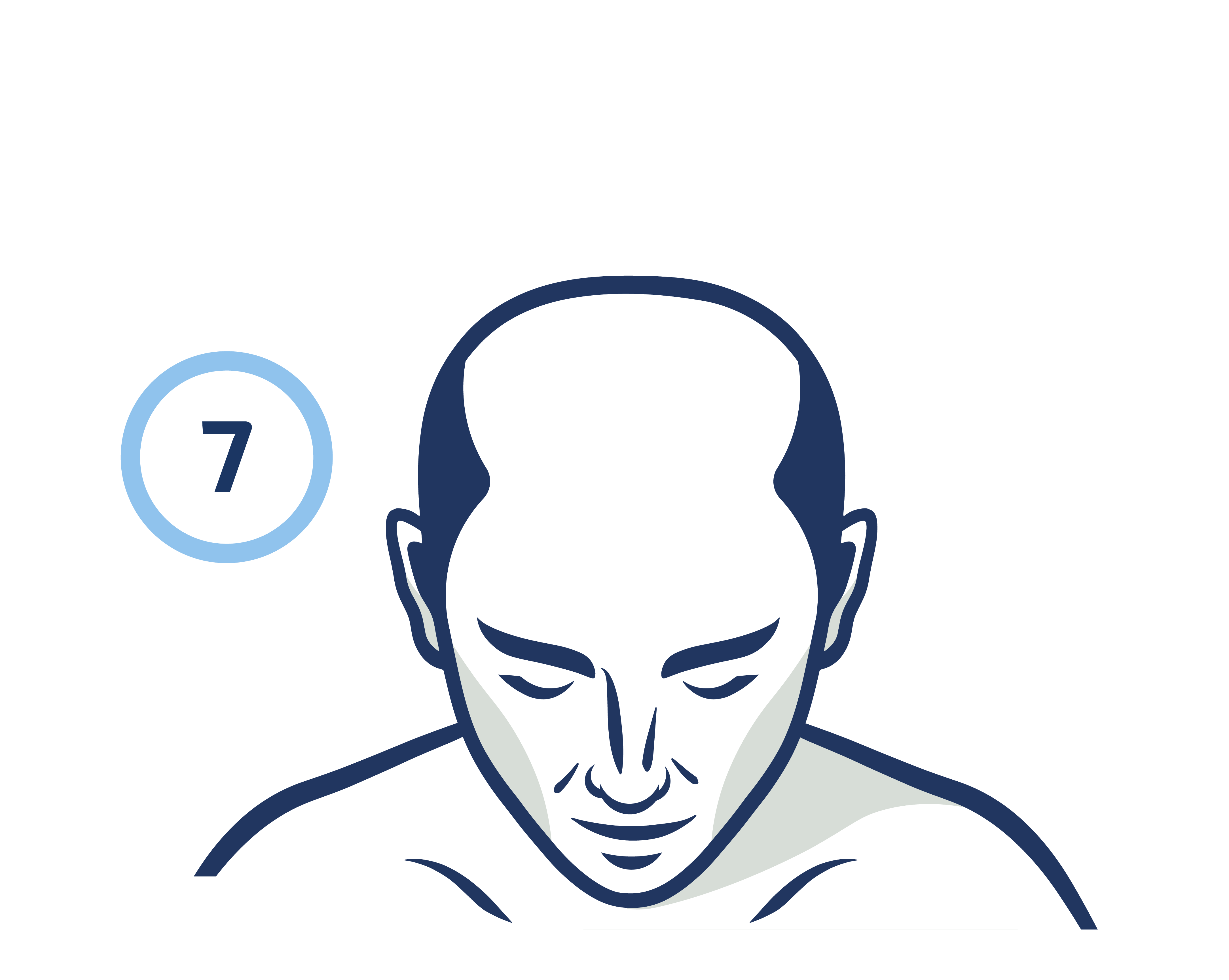
At this point, the hair loss is so advanced that the hair bridging the sides of the head is nearly or completely gone. There may still be sufficient donor hair for transplantation, but results may be limited.

